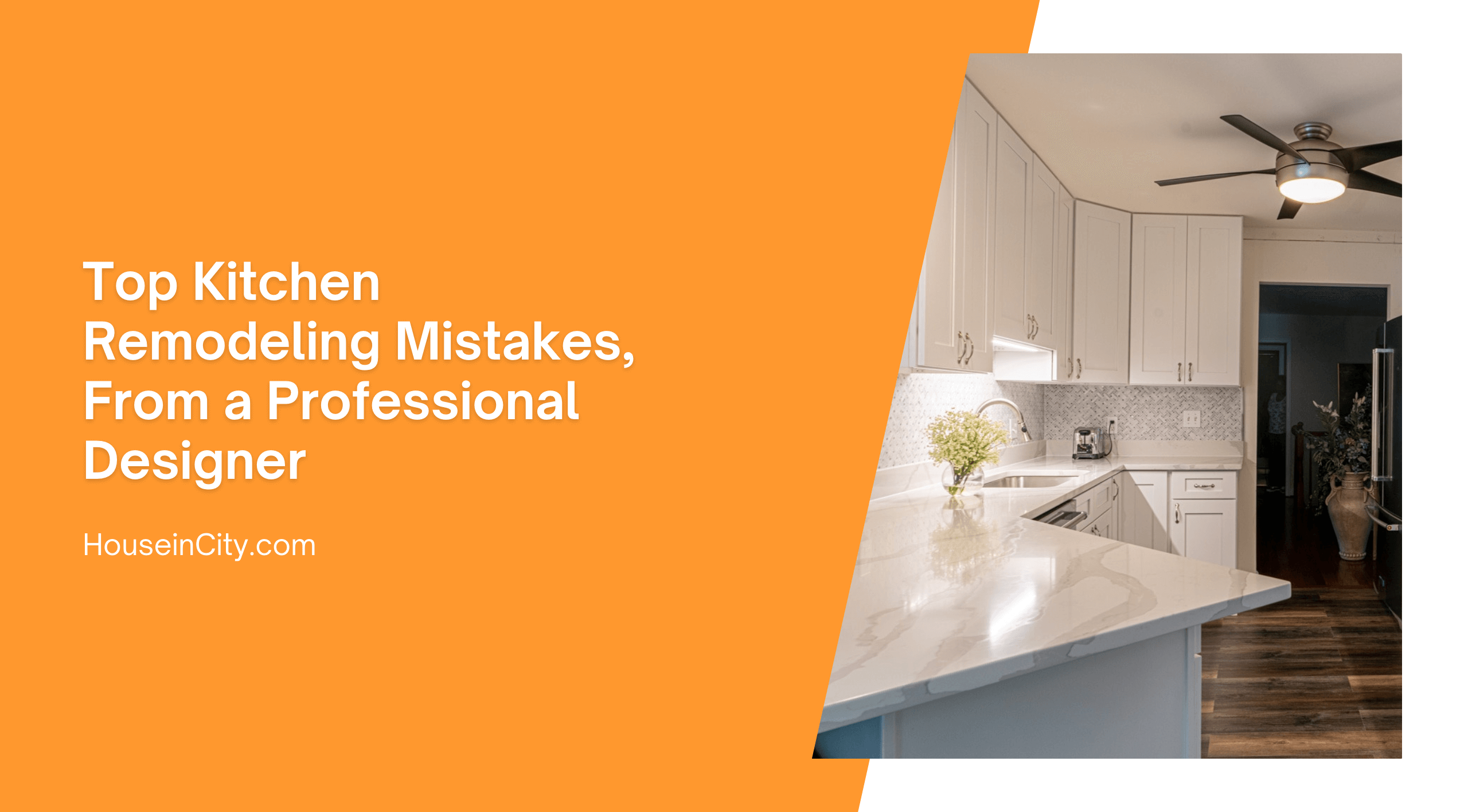Over-improving. Your $300,000 home does not merit a $100,000 kitchen, unless you’re a professional caterer or chef. (This is also true for professional-style appliances. Will you really use all those burners and BTUs?) While real estate experts will tell you that kitchen remodels return 80 percent or more of their value, this does not hold true if you dramatically overspend relative to the value of your home. Think in terms of a 10- to 25-percent investment relative to what you could realistically sell the house for tomorrow.
Incompatibility. In today’s open-floor plan homes, clients ignore their home’s architecture and their overall style at their peril. While you may adore the Tuscan or French country style, think hard about whether your chosen ideal will work with the surrounding rooms and the period of your house. Consider heirloom furniture that will share the same space, not pieces you’re not planning on keeping. Consider, too, the ornateness or simplicity of moldings and casings – or lack thereof – in the room to “reality-check” yourself on whether the look you desire will look out of place in your home.
Trend-spotting. This relates to Mistake #2, but goes beyond. Don’t choose a look for your kitchen based on its current popularity, but on how long you’ve loved it yourself and how it works with everything else you’ve loved and purchased. You may have the budget for frequent remodels, but I doubt if you have the stomach for them.
Island fever. Islands can be terrific enhancements to your kitchen’s storage and counter space needs… if you have the room. The mistakes I caution clients about the most often are: 1) Trying to shoehorn an island into a footprint that wasn’t designed to accommodate one; 2) over-sizing an island so that it’s tough to work around it (or clean the center if it’s very large), and 3) placing seating between the island and a work center. Here are a few helpful figures to aid in your space planning. There should be at least 42 inches between your work centers, (refrigerator, sink, cooktop or range), and your island; make that 48 inches if two cooks regularly use the kitchen at the same time. There should be at least 36 inches around an island for walkways; add 12 to 15 inches for a countertop overhang or bar for seating, (depending upon height), and room for walk space behind seated diners.
Under-estimating. Kitchen remodels are among the most complex and time-consuming projects in the design field. Many clients under-estimate how long it will take their design to be developed and finalized, how long it will take their cabinets to arrive, how long they’ll live without complete use of their kitchen and how much the project will cost, not anticipating all the parts and professions that go into the project. Here are a few tips to survive a remodel: Don’t tear out your current kitchen until your new cabinets are delivered and inspected. Keep a section of your old countertop, sink and faucet from the old kitchen to use for temporary use until your new countertops are complete, which is often two to three weeks after your cabinets were installed. Don’t ever, ever, ever plan a major social event in your home, based upon when the remodel is expected to be done. Murphy’s Law of Construction will mess with your plans and your head. I can almost guarantee it.
